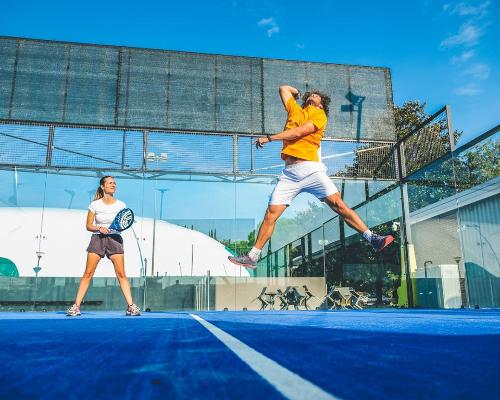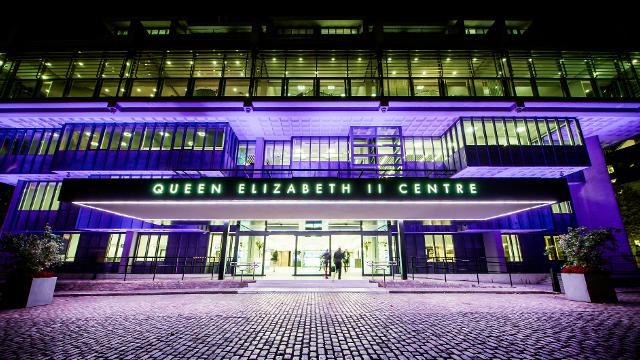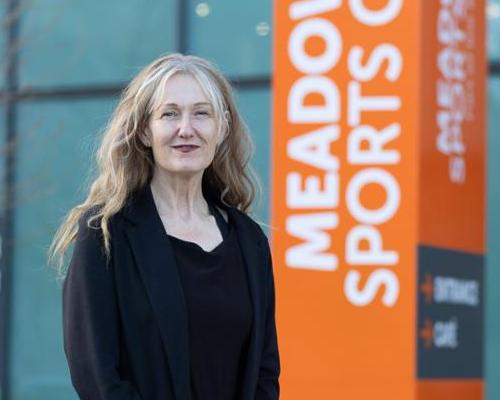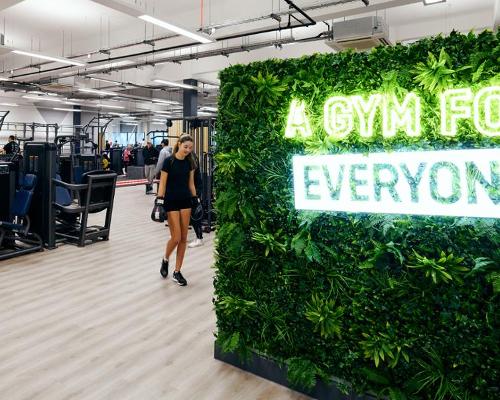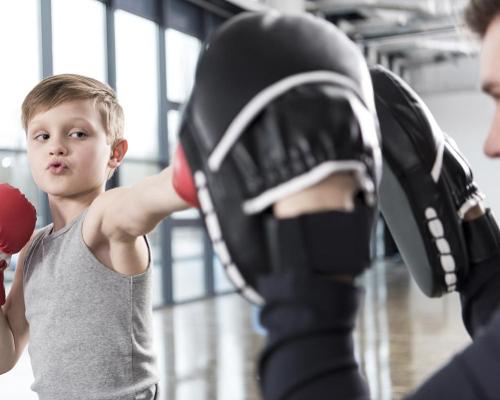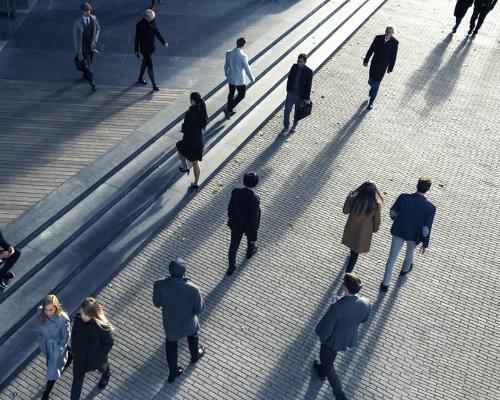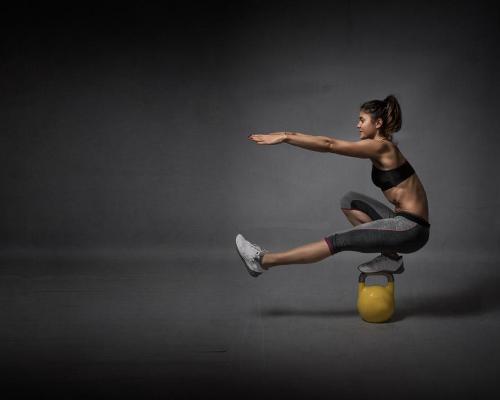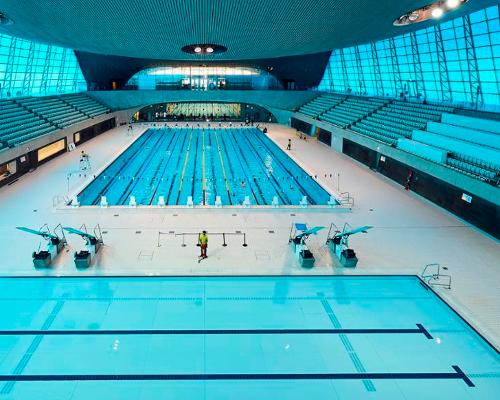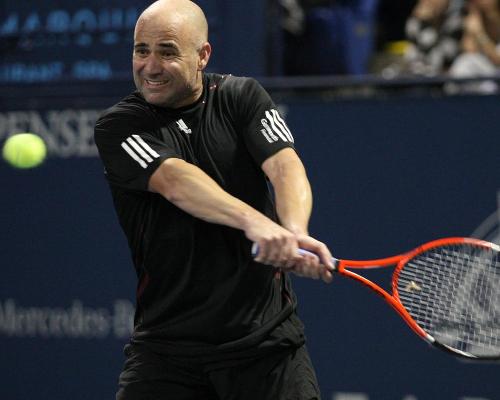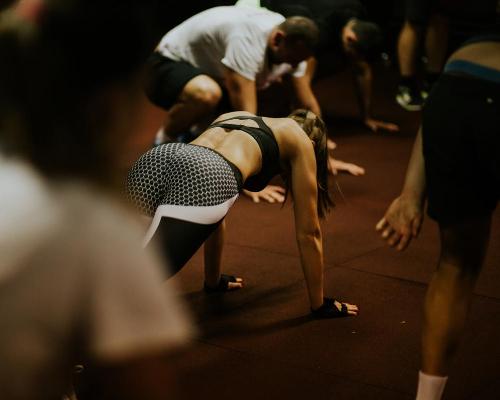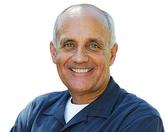Webinar highlights: travel-trends and the future of spa design

As the industry continues to connect and share insight through webinars, Lisa Starr hops onto a selection of talks and picks out the most relevant points for the spa and wellness industry. This week’s highlights include predictions about travel trends post-COVID-19 and how the pandemic is impacting the future of architecture and design concepts.
Wall Street Journal Tech Health Virtual Conference
The Wall Street Journal held a four-hour Tech Health event, notable not just for the content but for the virtual conference platform, which was excellent. The software provided a main stage, breakout rooms for specific sessions, and even a networking hub for in between times, where it was possible to meet other participants in a virtual chat; the event was attended by 1500 people from 35 countries.
WSJ editor-in-chief Matt Murray kicked off the programme by welcoming speakers and attendees to main stage sessions including ‘Surveillance and Our Privacy’, ‘The Global Race for a Vaccine and Drug’, and ‘Tech to Spot COVID-19’.
During a segment on Big Tech’s fight against the pandemic, Murray interviewed Instagram co-founder Kevin Systrom, who said he wanted to do “Something as an individual to use his resources, knowledge and network to create something of value to society.” Saying he’s always been into data science, he shared a website which he and some colleagues have created to track the spread of COVID-19 in the US using real-time data, with a state-by-state tracking option.
I was happy to see the WSJ include a segment on “the business of wellness and solutions to help cope with stress and anxiety.” In this segment, Murray interviewed Arianna Huffington, who shared that “Wellness is now science-backed, not warm and fuzzy. Things like sleep, sugar consumption, and movement are foundational to how strong we are, as well as productive.” Huffington continued to say that people need to be given permission from their workplace leadership to do something that is good for them.
She believes that technology alone is “not going to save us,” but we need to have a human layer that aligns with the tech layer, and that communication skills will be more important than ever.
The webinar closed with a personal appearance by Dr Anthony Fauci, M.D, the director of the National Institute of Allergy and Infectious Disease. In his calm, deliberate manner, Dr Fauci addressed the safety measures required to prevent a second wave of coronavirus, the current status of vaccine development, and the appropriate role of government and international governing bodies in preparing for and managing future pandemics.
Confronting Vulnerability: Tracking the Consumer Mindset and Its Implications for Retail Store Design, from design: retail magazine
Moderator: Lynn Gonsier – panellists: John Boline of Starbucks and Christine Sturch of Whole Foods
While the title of this webinar was appealing, the panellists represented grocery and restaurant firms, as opposed to high street retailers. However, on the plus side, these two brands represent a huge number of facilities; 500+ for Whole Foods, and 18,000 for Starbucks, just in the US.
Both brands have continued to operate throughout the pandemic, however sometimes in adjusted formats, such as Starbucks offering only drive-thru or mobile pickup.
The pandemic presented a particular challenge for Starbucks, with so many urban locations and with large US cities virtually shut down, but Boline shared that they’ve also seen huge shifts in routine, with more people coming at different times of day, and with increases in ticket sizes, as one person may be placing an order for multiple others.
Whole Food’s Storch said that “If people don’t feel safe, they don’t want to experience our store.” But Whole Foods is still focused on how to deliver a European-style food shopping experience in the new health-conscious environment. Reassuringly, neither designer seemed to think there were major changes ahead in-store design, specifically that store sizes were not likely to change, just that spaces may be designed in a more flexible way.
The pace of change has been so rapid, it is difficult to know at this juncture how consumer sentiment will change in the long run. In terms of changes that could be permanent, Storch says that increased sanitation options in-store for consumers, and perhaps keeping a time each morning for seniors and immune-compromised individuals.
To catch up on the webinar, click here.
Traveler Trends and Drives of Behavior Post-COVID, from the International Luxury Hotel AssociationModerated by Anna Domingo of Padzzle, with panellists Dr Brent Smith, Emerson College, Jerry Henry, H2R Market Research, and Joni Newkirk, Integrated Insight
Market researchers Henry and Newkirk both shared their insights gleaned from many consumer surveys, and delivered the forecasts that we have heard from others when it comes to hospitality; in the near term, luxury will be slower to recover, drive-to locations will be most popular, and guests will be very interested in facilities with generous outdoor space and activities.
They believe that consumers will get back to travelling for graduations, weddings, and family events; international travel will probably be delayed for a year, but that means something different in various markets. While international flights from the US to Europe may be down, travelling from one European country to another will pick up sooner. They also shared that consumers will be more attentive to how employees are treated and presented in hotels they visit.
Dr Smith added that consumers are not just going to be concerned with travelling to a location, but will have an added anxiety about how quickly and easily they could get home if they needed to.
As to the hygienic and sanitation issues, Newkirk rightly shared that, in the luxury market, consumers expect that facilities have always been spotlessly clean, so cautioned properties from leading with that particular message.
Smith’s advice on marketing messages; for large brands, a great time for alliances between hotels and tourism bureaus, national airlines, maybe a theme park, putting together experiences for the guests. For smaller properties, focus on the family angle, the privacy of small size and the ability of the property to manage the small details without a lot of other distractions.
To watch the webinar, follow this link.
Spa and Wellness Concepts for a Post-COVID World
Spa and wellness facility design was already evolving pre-COVID, and the Global Wellness Institute Consulting Initiative assembled experts in the field to discuss what architecture and design concepts we may expect to see in the near future. The webinar was divided into two segments, each with two experts:
- Envisioning the Built Environment – Alberto Apostoli, architect and spa designer and Kay Sargent, senior principal at HOK
- Wellness Programming & Creative Design – Paulina Moran, interior designer; Rene Pier, interior architect, Schienbein+Pier GbR
Sargent spoke of designing with the human element as the central view to create safe, secure, mindful, and neurodiverse environments with emotional and sensory intelligence.
When it comes to incorporating nature, Apostoli shared that: “Wellness is the solution related to all human aspects. In our designs we incorporate the wellness elements to be experienced throughout the entire total structure, bringing wellness into the daily lives of our guests.”
Moran is designing incredibly personalised experiences within treatment areas, incorporating 4D and multisensory aspects, balancing the sense of culture and place with technology.
On the technology front, interior architect Pier has a great vision for how artificial intelligence can be incorporated seamlessly into wellness environments.
Will COVID have a lasting effect on design and materials? Will social distancing be incorporated into wellness facility layouts? Catch up on the webinar hereto find out.
How Prestige Beauty Brands Win on Amazon, by BeautyMatterModerated by BeautyMatter founder Kelly Kovack, with panellists Chad Annis and Vanessa Kuykendall of Market Defense
While selling beauty products on Amazon can be a hot-button issue, after listening to this webinar you might question why you wouldn’t. Annis bought the company Market Defense six or so years ago, which was a third-party seller, and since has grown the company to the point where they are the Amazon home for 120 brands and 2000 sku’s. And all at full price, music to our ears. This creates an ideal situation for the brands, who certainly don’t want to upset spa clients by offering their products through Amazon at other than MSRP pricing.
These pros were a rare bright spot; COVID-19 increased their business 20-30 per cent almost overnight, as brick and mortar retail stores and spas were closed and consumers still wanted their products.
Listening to Annis and Kuykendall talk made me realize how complex selling on Amazon could be, a world of acronyms and insider-language that would be difficult to navigate for the uninitiated; buy boxes, tickets, brand registry keywords, clean channels, storefronts.
Annis shares that one-third of all online beauty sales are made on Amazon and a huge chunk of online search is also done here, rather than on a search engine. Kuykendall says that in her days at beauty.com, many brands thought their customers only purchased in-store, but now clients are really omnichannel and want to be able to order their products any time, on their mobile devices. Plus so many are prime members, they are in the habit of ordering from Amazon multiple times per week.
The most important point that Annis made was that Amazon is a marketplace, a distribution system. It is not a place that creates demand, it fulfils demand.
Brands need to have a clear point-of-view and brand story, perhaps have a hero product, and to be strong on social channels. But there is a lot of upside potential; Market Defense has some brands that are selling US$40k-50k monthly on Amazon. For that kind of volume, you can afford to lose a few in-spa sales!
To catch up on the webinar, click here.

Team Leader (Harrow School Fitness Club)
Centre Manager (Leisure)
Director of Operations
Fitness Motivator
Recreation Assistant/Lifeguard (NPLQ required)
Membership Manager
Recreation Assistant
Swim Teacher
Swim Teacher
Chief Executive Officer, Mount Batten Centre
Swim Teacher
Swimming Teacher
Swimming Teacher
Company profile

Featured Supplier

Property & Tenders
Company: Knight Frank
Company: Belvoir Castle
Company: AVISON YOUNG
Company: London Borough of Bexley
Company: Forestry England















